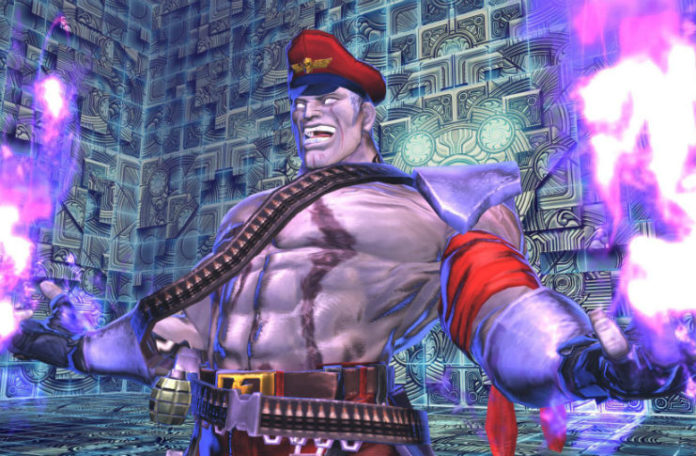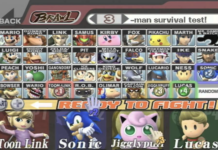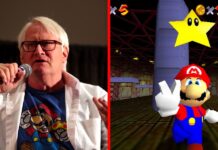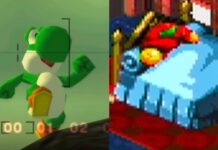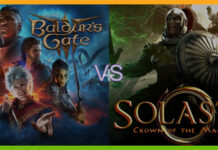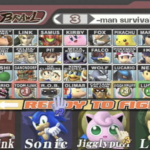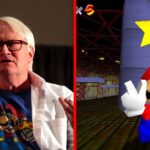Since the 90’s when Street Fighter II dominated the arcades, there has been a constant search for fighting games that are deep, fun, and unique enough to stand out among the mediocre masses. Sure, it’s easy to write off games like Shaq-Fu and Clayfighter as bad fighting games, but what about the titles that should have everything going for them? We’re going to take a look at a few major titles that had all the signs of being a success, but they either never took off, or they crashed and burned.
5. Dissidia Final Fantasy NT (2018)

Dissidia Final Fantasy is an interesting series in that it’s a fighting game that relies heavily on RPG elements in its gameplay to make for a unique experience that caters to the massive Final Fantasy fanbase. While the PSP games were decently successful, a PS4 port of the 2015 arcade game Dissidia Final Fantasy NT meant that there was a chance this role-playing fighting game could jump into the next level. And with the game focusing on the 3 vs. 3 format, what better setup for a team fighting game experience?
Alas, the biggest glaring issue with Dissidia Final Fantasy NT is that there is no split screen or way of having more than one player on a console. Indeed; that means to run one match of Dissidia, you would need six (6!) PS4s. This is an insanely high setup demand if you want to run any sort of efficient bracket–and this is assuming people would actually enter.
The gameplay in Dissidia is fun, and there’s certainly elements of deep strategy towards building a proper team and knowing how to utilize the open maps, as well as how to approach fighting the other team…but the RPG elements of the game can serve to slow down the pace and make things feel static. While this isn’t necessarily a bad thing for players, this can be a rather confusing and ultimately boring view for anyone who isn’t a diehard fan. Adding to viewership issues, you can only spectate a Dissidia match by following one of the six players at one time. This leads to a streaming nightmare, as it’s a tall order to know which player to follow in the middle of a match that will effectively showcase the flow of the game in that moment. Again, even if it’s figured out, it would be an abysmal viewing experience for anyone who isn’t an enthusiast of the game.
Square Enix is committed to putting more into this game in the form of DLC characters, and there’s still a diehard community, as well as tournaments being run for it, but there are too many logistical issues that made Dissidia an impossible esports banger from the get-go.
4. Capcom Fighting Evolution (2004)
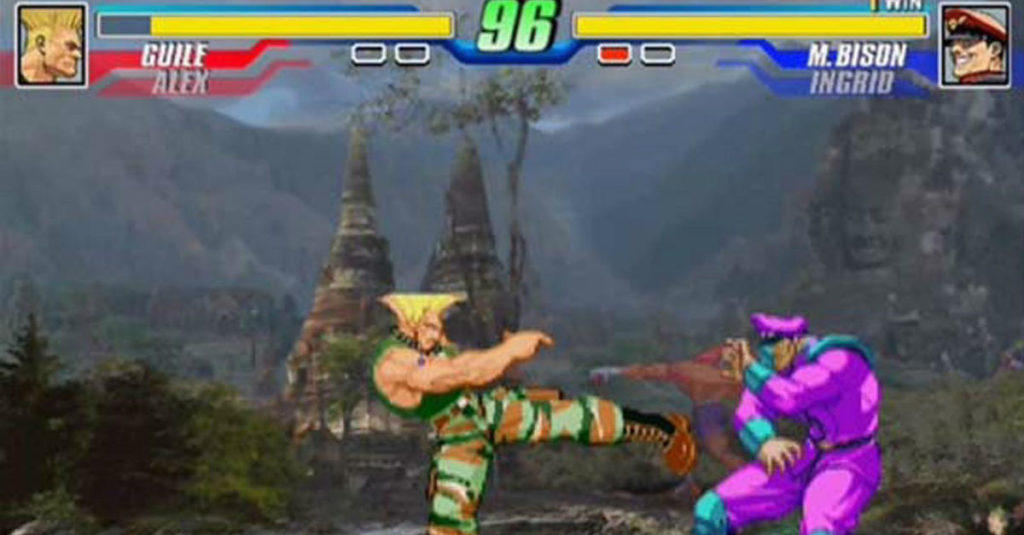
A slew of characters from different generations of Street Fighter. Characters from Darkstalkers. Characters from Red Earth. The fighting styles from each of their respective games to complement them in battle, all thrown together for an epic battle royale, right? RIGHT?!
Wrong. Capcom Fighting Evolution couldn’t have been a bigger disaster.
The balance in this game was atrocious, due largely to the fact that the characters from different fight game series were essentially copy and pasted into this format with little fine tuning. Along with some choppy animation and a few characters’ moves being cut-out despite the emphasis on staying true to their original franchises, and you’re left with an uncomfortable, frantic experience that wears out very quickly. On top of this, several major characters in the Street Fighter series such as Ken and Sagat, appear only as background decoration rather than playable characters, which did little to raise the hype of the game.
The game had picked up as a tournament game for a brief time in Japan, but it died out fairly quickly compared to other large fighting game titles in the competitive scene. Capcom Fighting Evolution was compared to other crossover titles such as Marvel vs. Capcom, with the latter being an example of a polished title that paid due respects to both franchises and created a unique experience. Capcom Fighting Evolution may have tried to capture that same magic in another way, but it ended up looking more like a loosely thrown together title that didn’t offer anything worthwhile.
3. PlayStation All-Stars Battle Royale (2012)
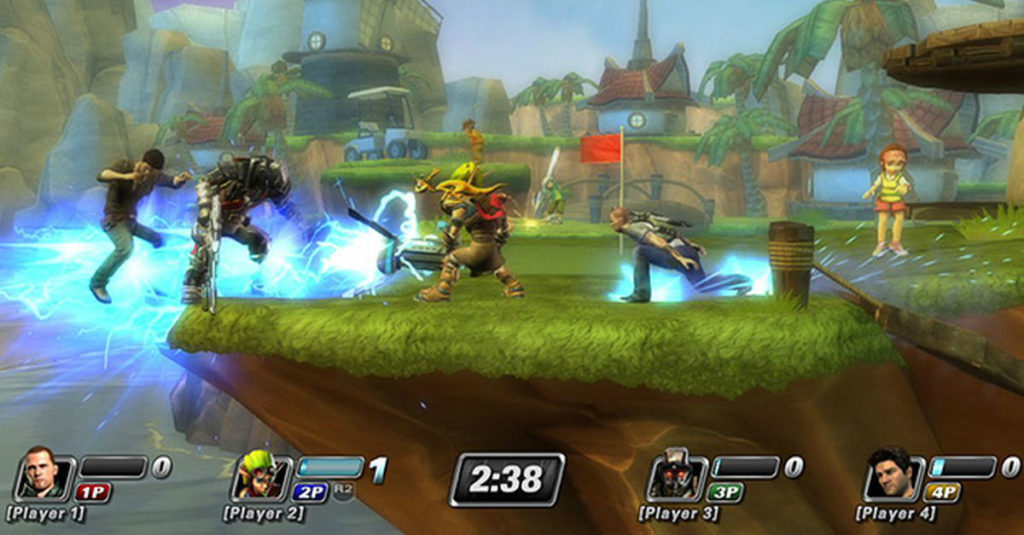
If you look at the sales and the general reviews, this might not seem as large a flop as the others. Selling over a million copies is no small feat, although this still wasn’t enough for the developers to consider a sequel. What makes this more of a flop is the game it could’ve been.
PlayStation All-Stars Battle Royale was supposed to be Sony’s answer to Nintendo’s Super Smash Bros. which had completely dominated the platform fighting market for years. Sony couldn’t just create a copy-paste version of Smash, and so they made a few tweaks to create a unique platform fighting experience. And while it wasn’t a bomb, it certainly left a lot to be desired.
The characters aren’t as iconic as Nintendo’s many landmark franchises, but the movesets they came up with for their own classic characters seem to fit very well. Plus, who wouldn’t wanna kick ass using Kratos, Dante, Raiden, and many others? Unfortunately, the biggest drawback comes in the gameplay. The game controls well and it’s good fun to be beating each other up, but there’s a catch: the only way to eliminate a character is to build up your meter and hit them with your special. If you miss your special, your meter resets, which means all your hard work goes down the drain. Putting so much emphasis on a single way of KOing someone will inevitably lead to a slower, centralized experience that just doesn’t make for a good experience, whether you’re the player or a spectator.
The game had some runs in the tournament scene; notably, Smash Bros. professional Dabuz won a few major tournaments for the game. However, PlayStation All-Stars Battle Royale just couldn’t compete with Smash in any way, and it was unable to carve out its own niche, leading to its quiet death.
2. Dragon Ball Z: Ultimate Battle 22 (1995…or 2003?)
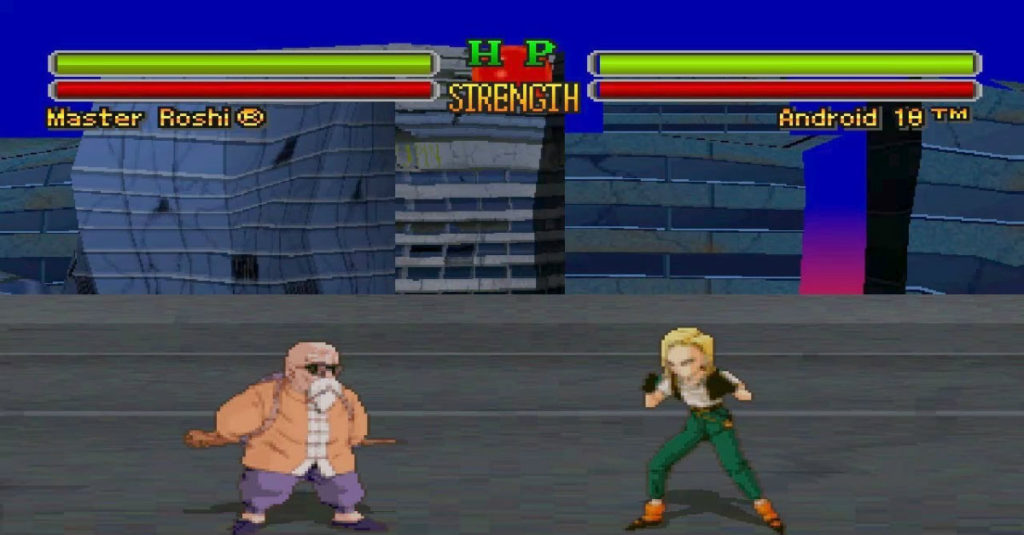
Dragon Ball FighterZ became a sensation when it dropped last year, and for all the good reasons; it had beautiful visuals, great music and sound effects, and the gameplay was absolutely incredible. It helped bring together different communities in the FGC, with Smash Bros. professional Leffen making a name for himself and SonicFox, the Injustice/Mortal Kombat legend proving his dominance by winning EVO 2018 and securing the Esports Player of the Year award. It was a good year for fighting game spectators, thanks to the success of this one title. However, there have been several attempts at a good Dragon Ball Z fighting game, and not all of them have had this success.
Dragon Ball Z: Ultimate Battle 22 was an…interesting game that failed for some unusual reasons. The obvious ones would be the lackluster graphics, clunky controls, and overly simplistic gameplay that didn’t make the most of its RPG elements. A glaring issue is the trademark symbols by the characters’ names in the actual matches. Guess it’s better to be safe than sorry?
So while the game was never in a real position to take off, what is especially interesting is the difference between the Japanese and U.S. releases. There was no gameplay changes at all between versions, which is a good thing…but the Japanese version came out in 1995, a fresh title for the new PlayStation unit. Dragon Ball Z: Ultimate Battle 22 did not make its way into North American stores until 2003–which is three years after the release of the PlayStation 2 console.
If you ever wanted to make sure your game never took off, releasing it for a console several years after the next generation of systems are out would be a great way to do this.
1. Street Fighter X Tekken (2012)

This game was to be the bridge between Street Fighter and Tekken fanatics. While it ended up being much closer to Street Fighter’s engine than anything Tekken related, it still had all the signs of a smash hit; a large cast of characters (38), strategic gameplay in utilizing two characters and knowing when to swap them out, the choice between strong, neutral-based teams or a high-risk, high-reward duo, meant that this title had everything it needed to take 2D fighters to the next level.
Unfortunately, it was plagued by gameplay problems, as well as questionable decisions made by the developers and tournament organizers. Street Fighter X Tekken was extremely slow in its early meta due to low-damage teams used, as well as large stages that encouraged running away. This meant that the optimal strategy would be to deal a little damage, and then run out the clock by running away. Unfortunately, by the time the game was patched into a much healthier state, a lot of the damage to the game’s reputation had been done–some of it by the developers.
Several characters that were included in the game on release date were locked and sold as “DLC” right off the bat. This drew criticism from players about buying content that was already on the disk of the game they had just purchased. Add on the issue with the game’s gem system, and how gems bought via DLC were vastly superior to any base-game gems, and you have a couple of terrible decisions that butchered the game’s future.
The nail in the coffin in the competitive community would’ve been the choice to opt out of running singles for Street Fighter X Tekken at EVO 2012, instead going with the 2 vs. 2 format. The novelty of watching top players team up with each other wore off quickly, and the hype surrounding the newly released game was squashed without the anticipation of watching the world’s finest duke it out in a one-on-one setting.
All in all, Street Fighter X Tekken had the groundwork to be a huge success, but too many stumbles from development to its early life meant that the big crossover title would be relegated to a niche market rather than a fighting game mainstay.
Honorable Mentions:
Icons: Combat Arena (2018)
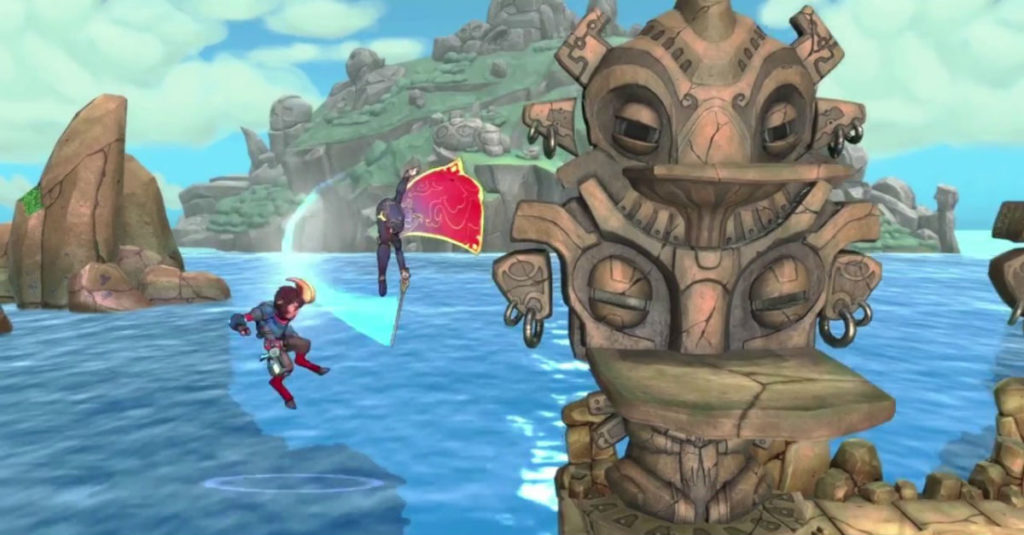
This wasn’t a major title by any means, but there were some lofty expectations with this game. Icons: Combat Arena was being made by WaveDash Games, a small company full of people who had worked on Project: M, a highly successful mod of Super Smash Bros. Brawl. With such seasoned developers who obviously had a knack for what made competitive Smash so much fun, there was hope they would create something original that could soar without Nintendo holding them back.
Unfortunately, early trailers had Icons looking clunky/below standard, and the final product just never established itself as a unique take on platform fighters. It felt like it was caught between trying to be a new franchise, yet also trying to stay incredibly faithful to the Smash fanatics. As such, the game just didn’t generate enough hype in its gameplay to make it a longstanding title.
Fighting games are a unique beast, and when they’re done well, they are some of the best games you can play. But it doesn’t take much to stunt their growth and completely kill them before they can fly.


